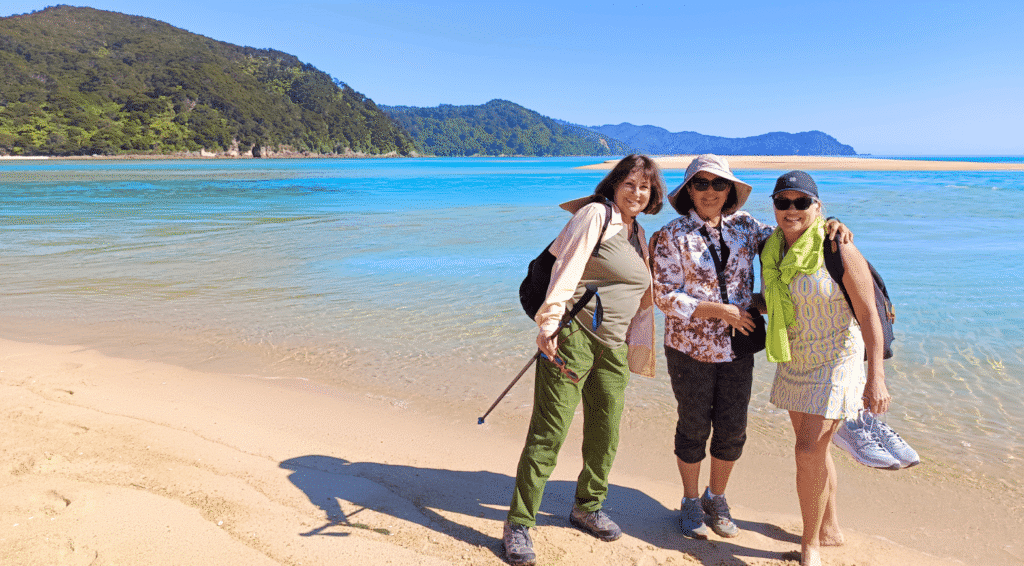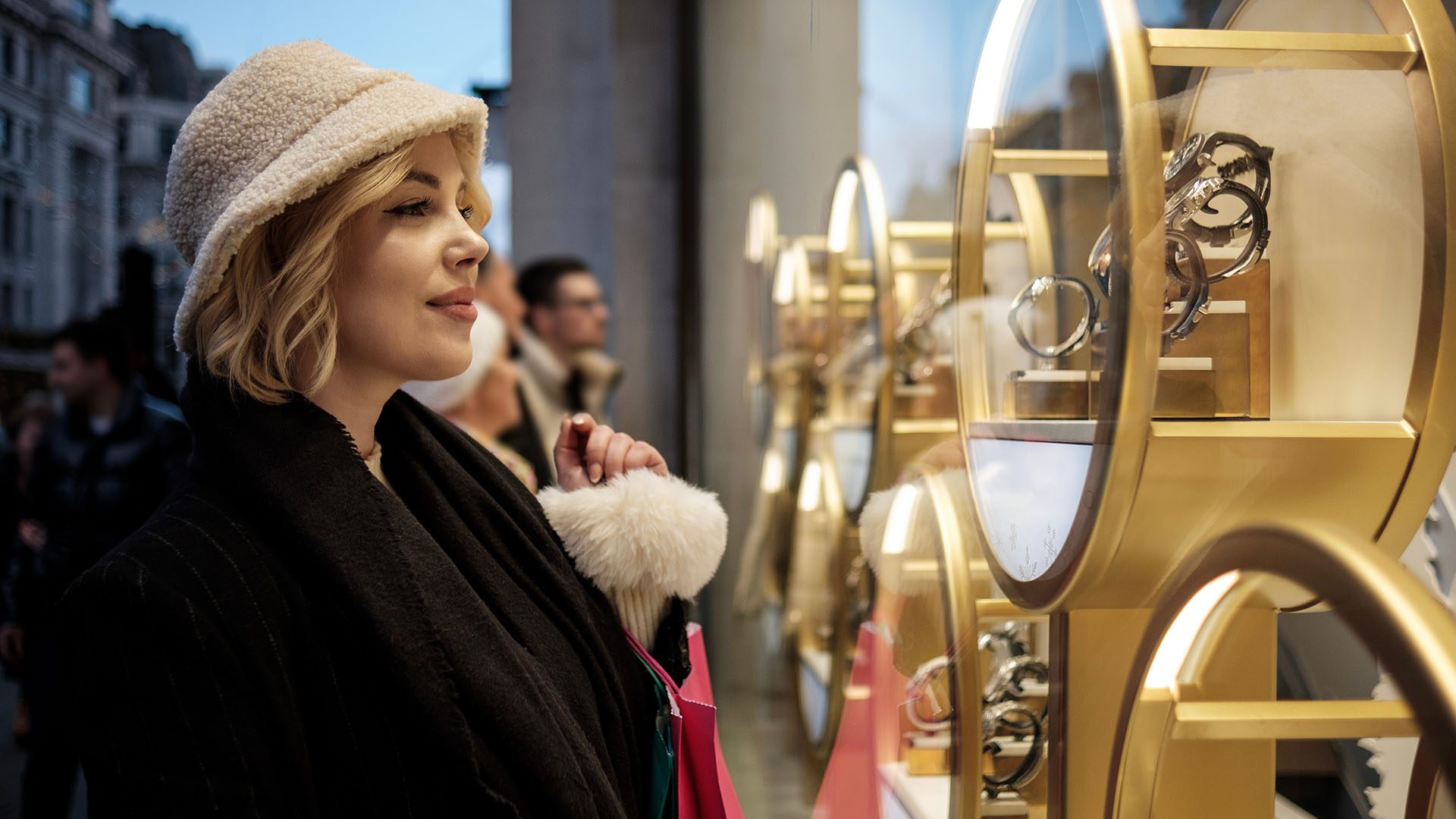From whimsical raves and high-energy dance parties, to trendy clubs and backyard barbeques, electronic dance music permeates all corners of the world and reflects a diverse community of both artists and listeners.
We sat down with Lotte Lebens from Our House Museum in Amsterdam to talk about why house music is so infectious, and why this museum – dedicated to the history, artists, and culture of house music – is so instrumental to the genre (no pun intended).


What is your role at Our House?
I am head of marketing and brand, which means I am responsible for creating and maintaining the brand identity, as well as marketing campaigns that drive sales. I’ve been with Our House since its inception in early 2020, but I’ve spent the last 15 years in marketing roles throughout the dance music industry.
What do you love most about your role with Our House Museum?
I love getting people involved in the genre of music I love best – house music. It is so exciting to work with individual artists, labels, and promoters from all over the world to coordinate a show, or curate an exhibit featuring what they do.
Our House is an immersive museum experience, and we love bringing visitors together to engage all their senses when they enter the museum. It doesn’t really matter if you know about house music before you enter – it’s what you feel when you are here that is most important. I love creating that experience for people.

For those unfamiliar with the genre, how would you describe “house music”? What makes it different from other genres?
House music is the foundation of all modern electronic dance music. Its familiar “4-to-the-floor” rhythm is a staple of the genre and its flexible style is identifiable, no matter the location – the Parisian “French Touch”, London’s driving tech-house or the classic deep vocal sound of New York.
House music is instantly recognizable wherever you hear it – not too fast, not too slow, and with a beat that just makes humans want to dance. Eddie Amador said it best: “Not everyone understands House music. It’s a spiritual thing.”
What is a little-known fact you wish more people knew about house music?
House music is constantly evolving and is different now from even five years ago. In order to understand what you are listening to now, you have to understand its origins.
It was born in Chicago, Detroit, and New York. After disco became so incredibly popular, Black and Latino populations, as well as the queer community, weren’t included in this context any longer. So, they were pushed back underground. It’s only been in the last 40 years that house music sounds like it does today.
Regardless of its evolution, the genre has maintained its core values – unity, self-expression and respect. Step on any dance floor anywhere in the world and you’ll find that same feeling.

How would you describe the structure of the museum and the user experience?
Merging the traditional museum exhibition experience with innovative techniques found in live entertainment, Our House achieves a surprisingly new way of storytelling. Our House is committed to share the electronic music story with a global audience, with a line-up of legendary DJs and event organizers that have contributed to Our House: Armin van Buuren, Carl Cox, Diplo, Kevin Saunderson, Tomorrowland, The Frankie Knuckles Foundation and ID&T – to name but a few.
Visitors start their Our House visit at the same time, in a group of maximum one hundred people. An immersive show begins in the main room, where Our House focuses on the true origins of house music.
After the opening, visitors can discover the museum in a 45-minute window where they explore interactive installations, exhibits, memorabilia, as well as produce music on several kinds of drum computers, or sit down for a 10-minute masterclass.
Visitors close the museum experience back in the main room for the final audio-visual installation: The Culture Ride. This multisensory trip takes you on the ultimate journey down memory lane – all the tracks, all the clubs and events, all the major milestones spanning over four decades.
What is your favorite part about the visitor experience at Our House Museum?
The dance floor where guests start and finish is the best part. We wanted to create an experience for them that highlights what house music is all about: the beat.
The dance floor area not only has incredible light effects and amazing acoustics but there are moving components that amplify the bass under your feet so it reverberates through your entire body when the beat drops.

The venue itself has a unique story – tell us about the nightly transformation of Our House Museum.
When we first began brainstorming the concept for this museum, one of our challenges was to find a venue to accommodate all of our ideas.
We knew we wanted it to be in the heart of Amsterdam, a city that has embraced house music and helped shape it. However, finding the right space in a place like Amsterdam can be quite difficult – lack of space and strict noise regulations made us think creatively.
After a long search, we found the perfect place. Our current venue location used to be an old movie theater in the 1980s and became a disco dance club after that. In fact, it was one of the first queer-friendly dance clubs in Amsterdam in the 1990s. Over the past 12 years, the venue has been a nightclub – AIR Amsterdam.
Because the venue already had roots in music, this made it the perfect venue to honor that history, and to teach others about it in a museum experience. We sat down with AIR Amsterdam and decided to create a partnership – a museum by day, and a club by night. This alliance is a very sustainable way of using space in the city center of Amsterdam.
All of the museum exhibits can be set up and taken down in a matter of one hour, after which the nightclub team takes over and starts loading in the VIP tables. Our venue is open for 20 hours a day during the weekends, which makes it one of the venue’s most unique features – even for Amsterdam!

What do you want visitors to take away from their experience at Our House?
Besides having a great time with friends during their trip to Amsterdam? That the next generation of house music fans understand the history, creators, and cultural relevance of the most dominant musical genre in the world today.
The roots of the genre include Black and LatinX musical influences and DJs, and is widely accepted in the LGBTQ+ community. House music may have started in the US, but you can find artists and listeners in every part of the globe, which makes it an international style that belongs to everyone.
The dance floor should always be respected as a safe space, whether you are in the darkest underground corners of techno, or attending a mega event with 100,000+ people in attendance, everyone is there to celebrate the music and the artists that make it.
In your opinion, what is the single most important event that revolutionized the house music genre?
This is a tough one. As a museum curator, every person is going to have a different answer to this question. The answer is so dependent on where you are from – people from the European continent will have a different answer than someone from the UK, or the US, and someone who is based in Asia, Africa, or South America will also have something different to say.
A different spin on this question is to examine the genre itself and how technology has contributed to the innovation and evolution of the genre. Sampling sounds, creating new sounds, technical equipment, and social media have all played a role in how the genre has changed over time.

What are your favorite house music artists to listen to at the moment?
We were fascinated by Beyonce’s new album Renaissance (2022) because of its nod to house music and its creators. It was interesting to listen to as we spotted the samples she used, and credited some artists in the house music industry.
It was a surprising album to us in the industry – it’s almost like a love letter to the sounds and creators of house music, the LGBTQ+ community, women, and people of color everywhere.
You have a major event coming up in October. What can you tell us about the Amsterdam Dance Event this year?
Twice a year, industry agents, recruiting managers of artists, and promoters get together at a dance music conference in Miami (March) and Amsterdam (October). Nearly 400,000 industry professionals and house music fans gather for an extensive line-up of events to produce and consume house music.
This is the first year Our House Museum will be open in time to host house music fans in the museum. This is a great opportunity for our brand to collaborate with others in the industry to promote Our House as a dance music museum and as a dance music venue. After years of preparing, we are so honored to be a part of this event.
We have a fantastic program this ADE which varies from in-store music sessions, book signings, club nights, panels and more.

Congratulations on your recent Remarkable Venue Award! Tell us about what this award means to Our House Museum.
Many thanks! This means a lot to us and is a testament to the hard work and dedication of our staff over the last two years.
Even during the early stages of the pandemic, we continued to make this dream come true, and we are so excited to welcome you back to Our House to experience the music with us.
Finally, why should people visit Our House Museum the next time they are in town?
As the “new kid in town” we want to offer a different kind of museum experience that will educate and engage the next generation of house music listeners.
This innovative experience combines media in a unique mode that helps visitors appreciate house music in a way they may not have before. Our House is for all music lovers.

